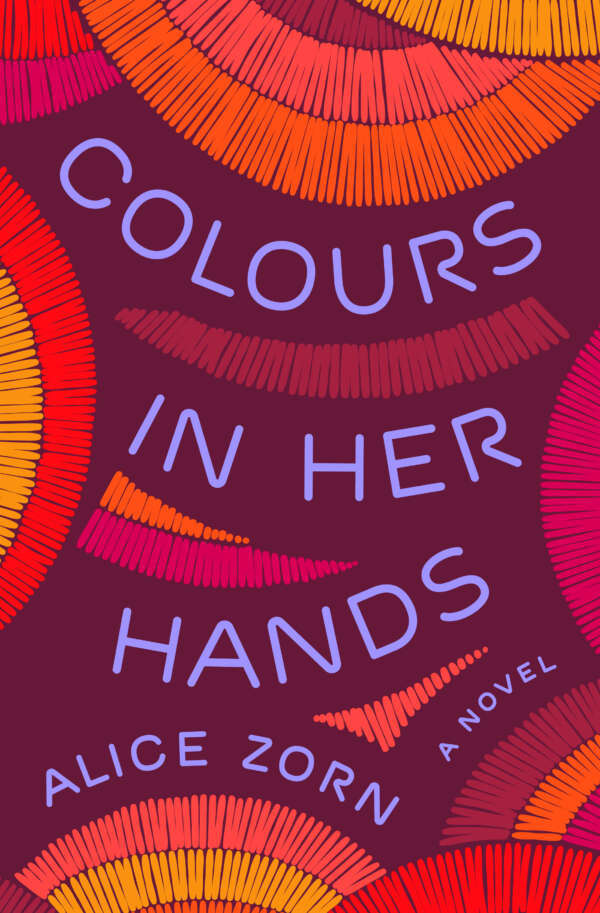fionag11 reviewed The algal bowl by David W. Schindler
Definitive book by two legends in limnology - Readable for the average person
4 stars
David Schindler was early in his career when he was invited by Jack Vallentyne to be part of the Experimental Lakes project in Canada, that among other things would prove the role of excess phosphorus in human caused eutrophication of lakes, and get it banned from detergents.
Dr. Vallentyne saw eutrophication of lakes as the start of a crisis that would become the "Algal Bowl" - the equivalent of the Dust Bowl on land. Years later Dr. Schindler, now a world renowned champion of water quality, collaborated in an update of his book, which was published in 2008 just before Vallentyne's unexpected death from cancer. Algal blooms had become a whole new problem, a resurgence like never before, because while the phosphorus in detergents in now controlled, the huge increase in intensive livestock, fertilizer use, and human population is flooding lakes with pollutants from non-point sources. What can be …
David Schindler was early in his career when he was invited by Jack Vallentyne to be part of the Experimental Lakes project in Canada, that among other things would prove the role of excess phosphorus in human caused eutrophication of lakes, and get it banned from detergents.
Dr. Vallentyne saw eutrophication of lakes as the start of a crisis that would become the "Algal Bowl" - the equivalent of the Dust Bowl on land. Years later Dr. Schindler, now a world renowned champion of water quality, collaborated in an update of his book, which was published in 2008 just before Vallentyne's unexpected death from cancer. Algal blooms had become a whole new problem, a resurgence like never before, because while the phosphorus in detergents in now controlled, the huge increase in intensive livestock, fertilizer use, and human population is flooding lakes with pollutants from non-point sources. What can be done?
In this book you will learn everything from the physics of water molecules to how water circulates in lakes, how formerly clear lakes get "overfertilized" by humans , and the history of our struggle to recover these lakes. It's matter of fact and readable to the layperson, although I found the water chemistry parts went on a bit too long- but it was a great explanation!













